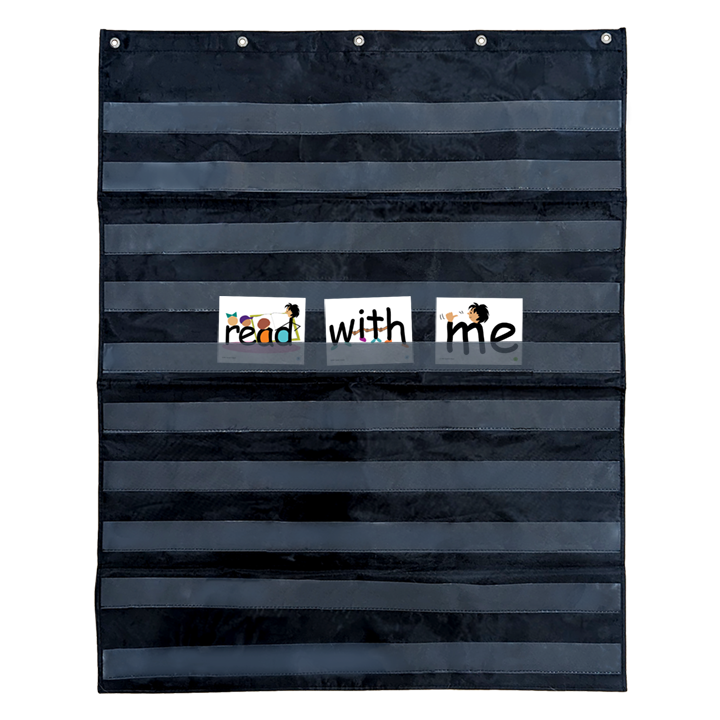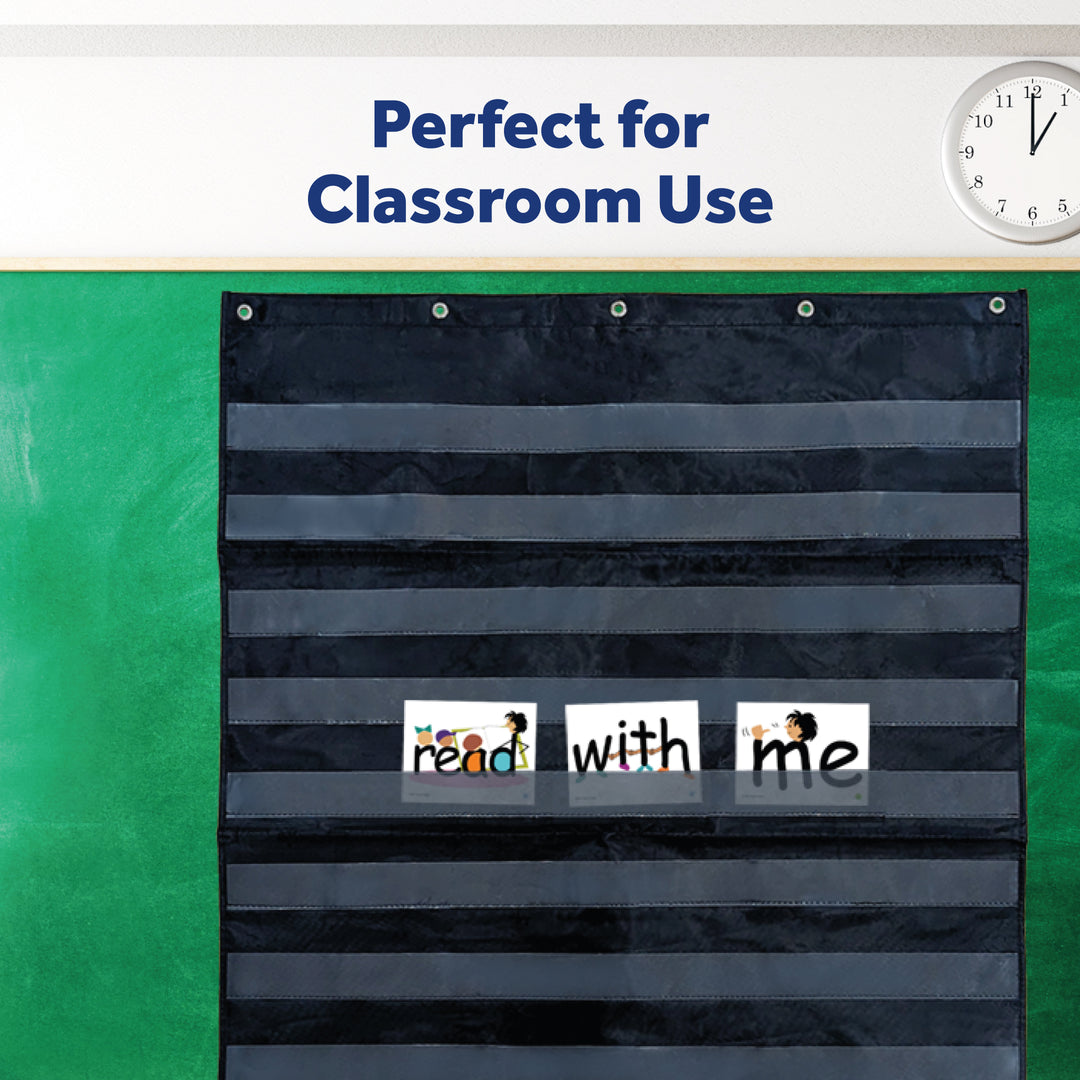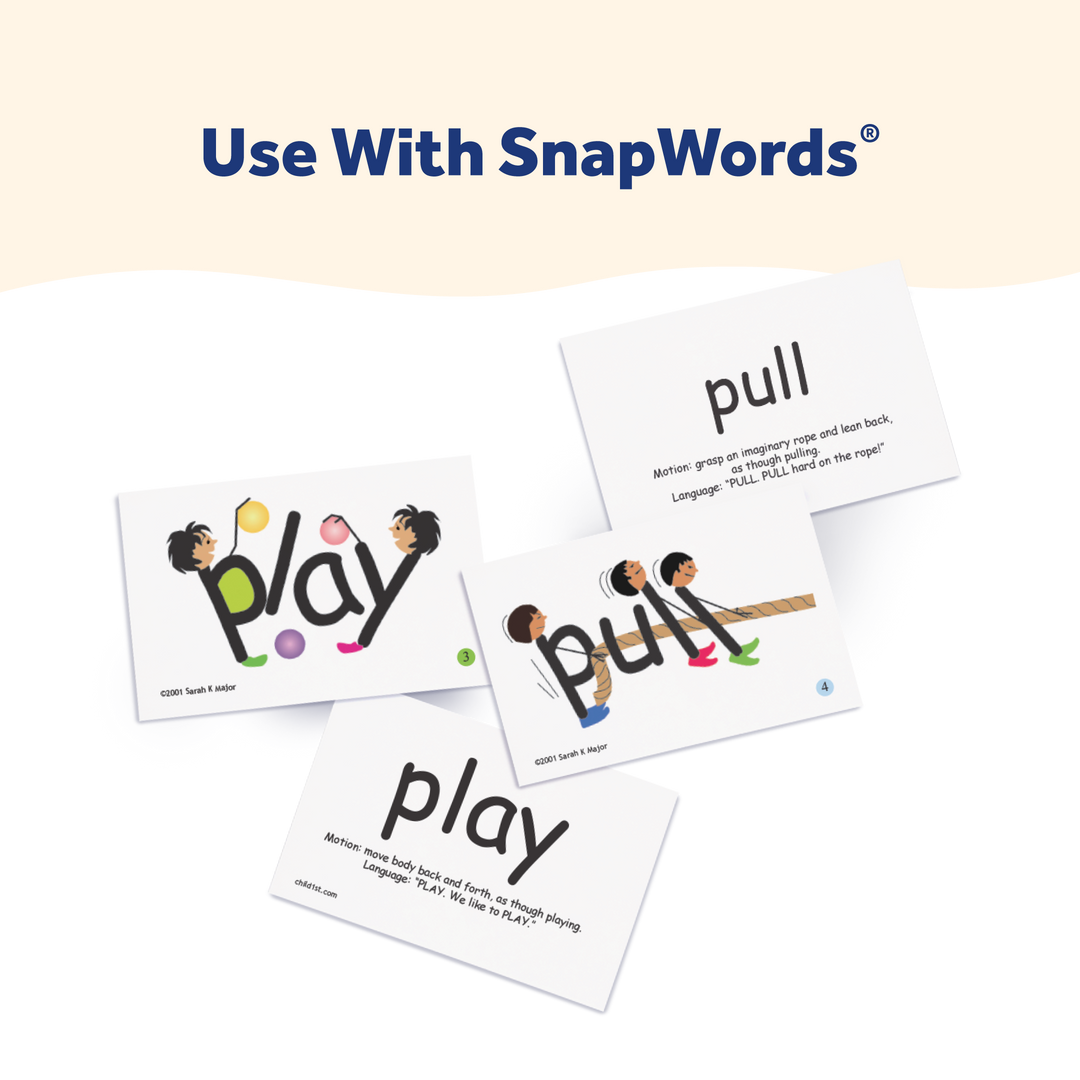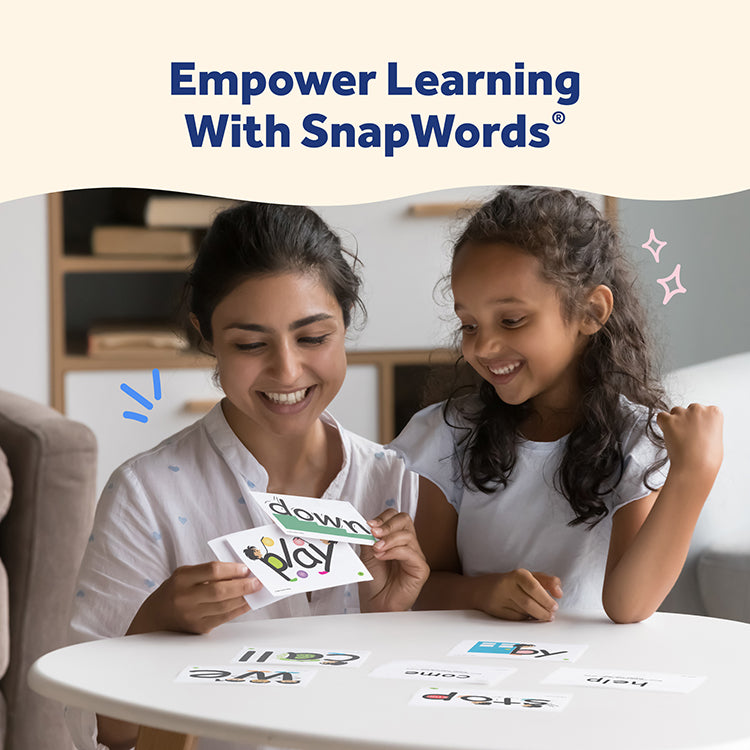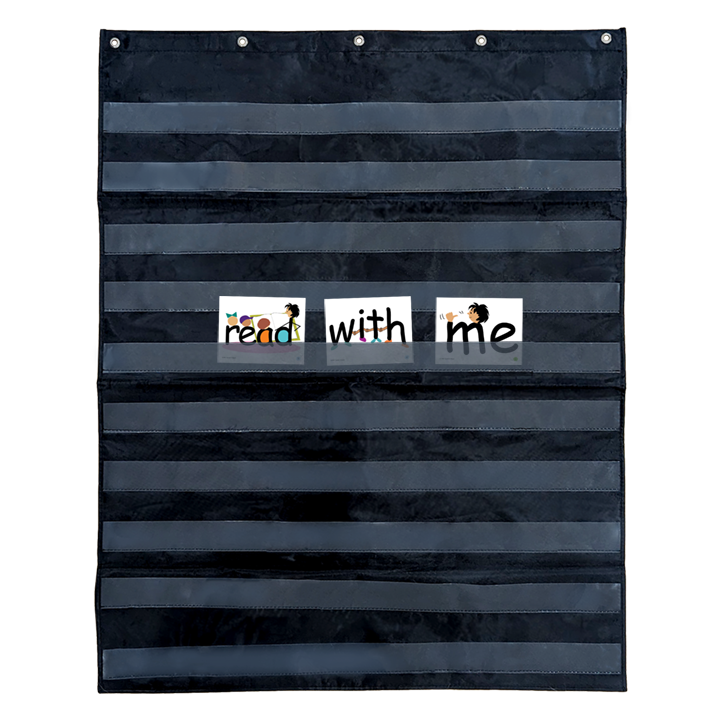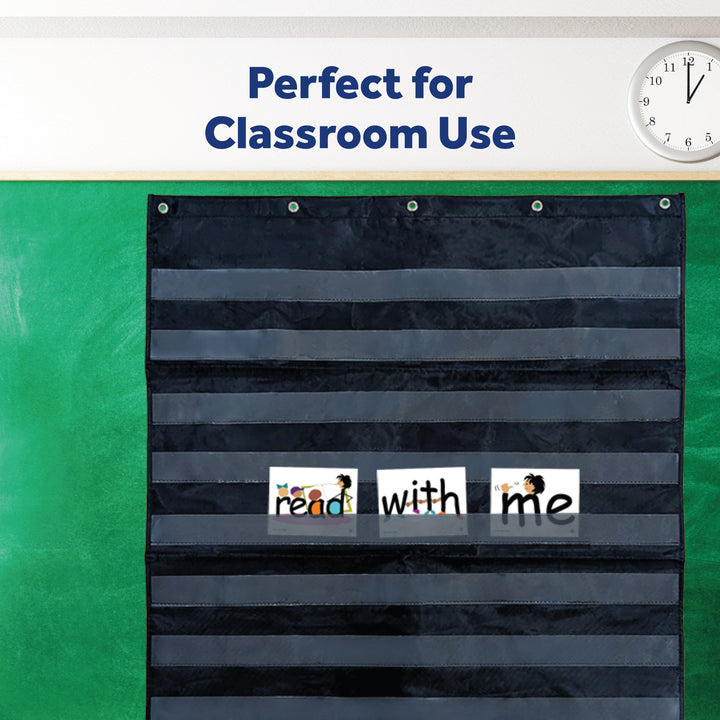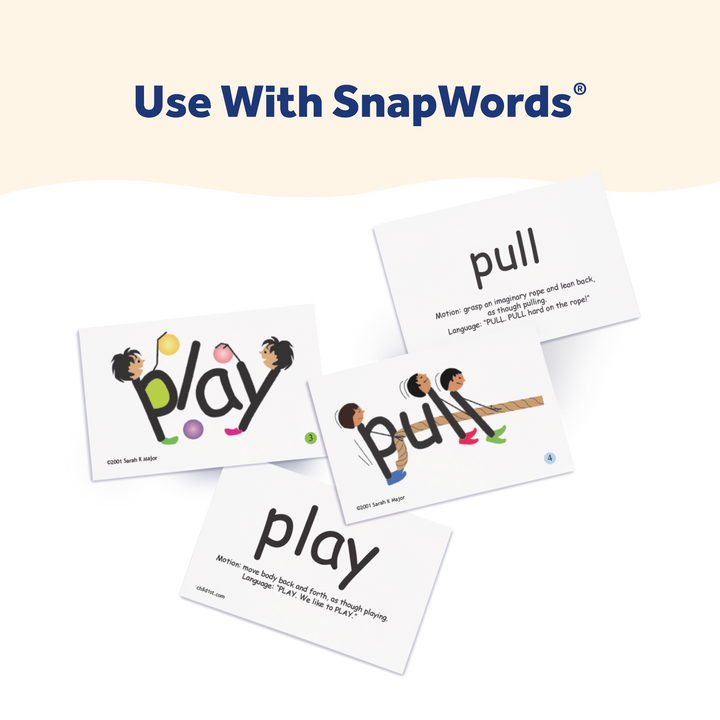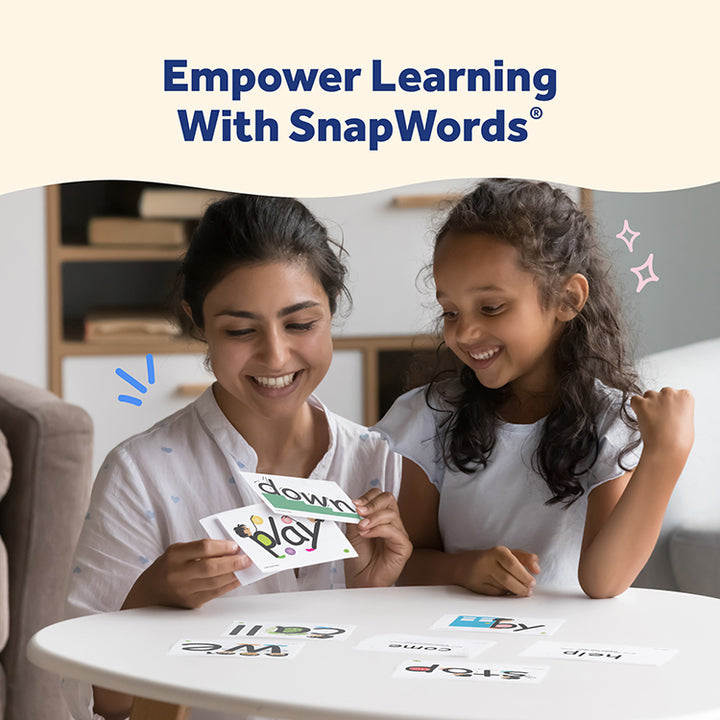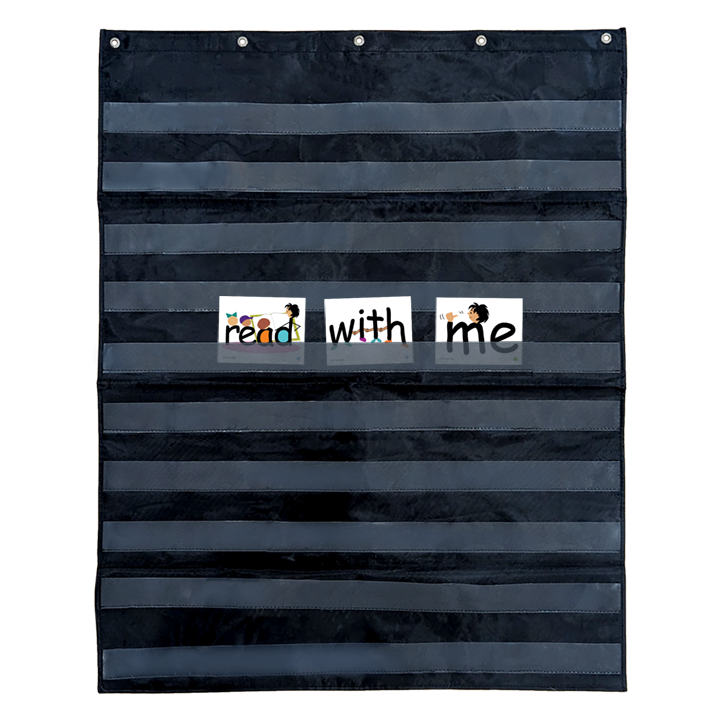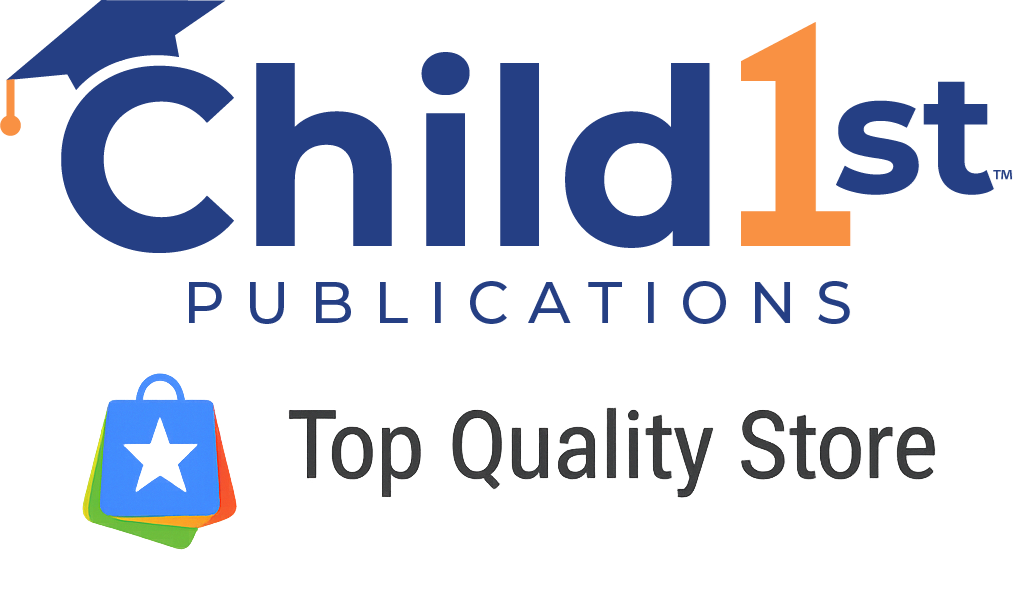Description
Product Specs
Related Articles
Tools & Resources
Utilice este gráfico de bolsillo para crear un centro SnapWords® independiente. Las ranuras son perfectas para guardar nuestras tarjetas de gráficos de bolsillo y tarjetas de enseñanza SnapWords® para construir oraciones, descifrar oraciones y más. Las tarjetas que se muestran en el gráfico de bolsillo no están incluidas.
Este artículo mide 18 3/4" de ancho x 29 1/2" de alto e incluye un bolsillo transparente de 18 3/4" x 2" en la parte superior, 12 bolsillos transparentes de 6" x 5" en la parte delantera y 3 Bolsillos de almacenamiento de 6" x 6" en la parte posterior.
Observe cómo una niña usa un gráfico de bolsillo con la Lista E de SnapWords® que está revisando por su cuenta.
You may also like
FAQs
Visto recientemente



